In the quest for golfing excellence, one of the biggest challenges players face is achieving consistency in their swing. Today, we’re diving into a straightforward yet powerful drill that can help you streamline your backswing, perfect your swing plane, and improve your downswing. Let’s break it down!
Understanding the Importance of Rotation
First things first, it’s crucial to use your body’s big muscles to generate power rather than relying solely on your hands and arms. When you grip your club, imagine holding it near the head. This technique forces you to engage your core muscles, promoting a natural rotation. If you were to pick the club up with your hands, you’d see it come off the side of your body without any rotation at all. By keeping the club on your side, you’ll naturally rotate your body to initiate the backswing.
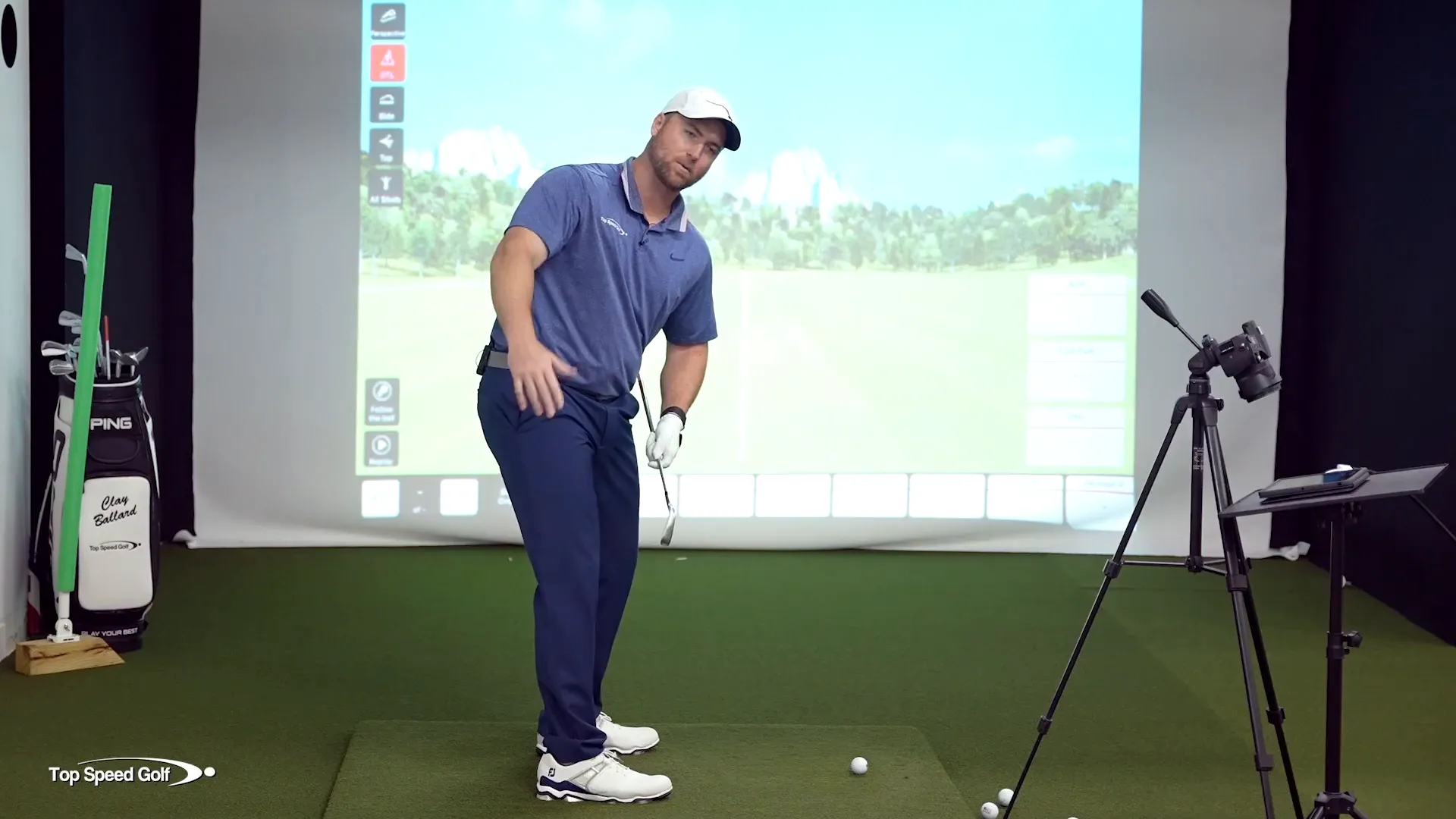
Setting Up for Success
As you begin your swing, visualize a laser shooting from your club, tracing the target line as you rotate your shoulders until they reach about a forty-five-degree angle. At this point, you can allow the club to come off your body slightly. This movement is essential for ensuring that the club remains on the correct path as you continue your swing.
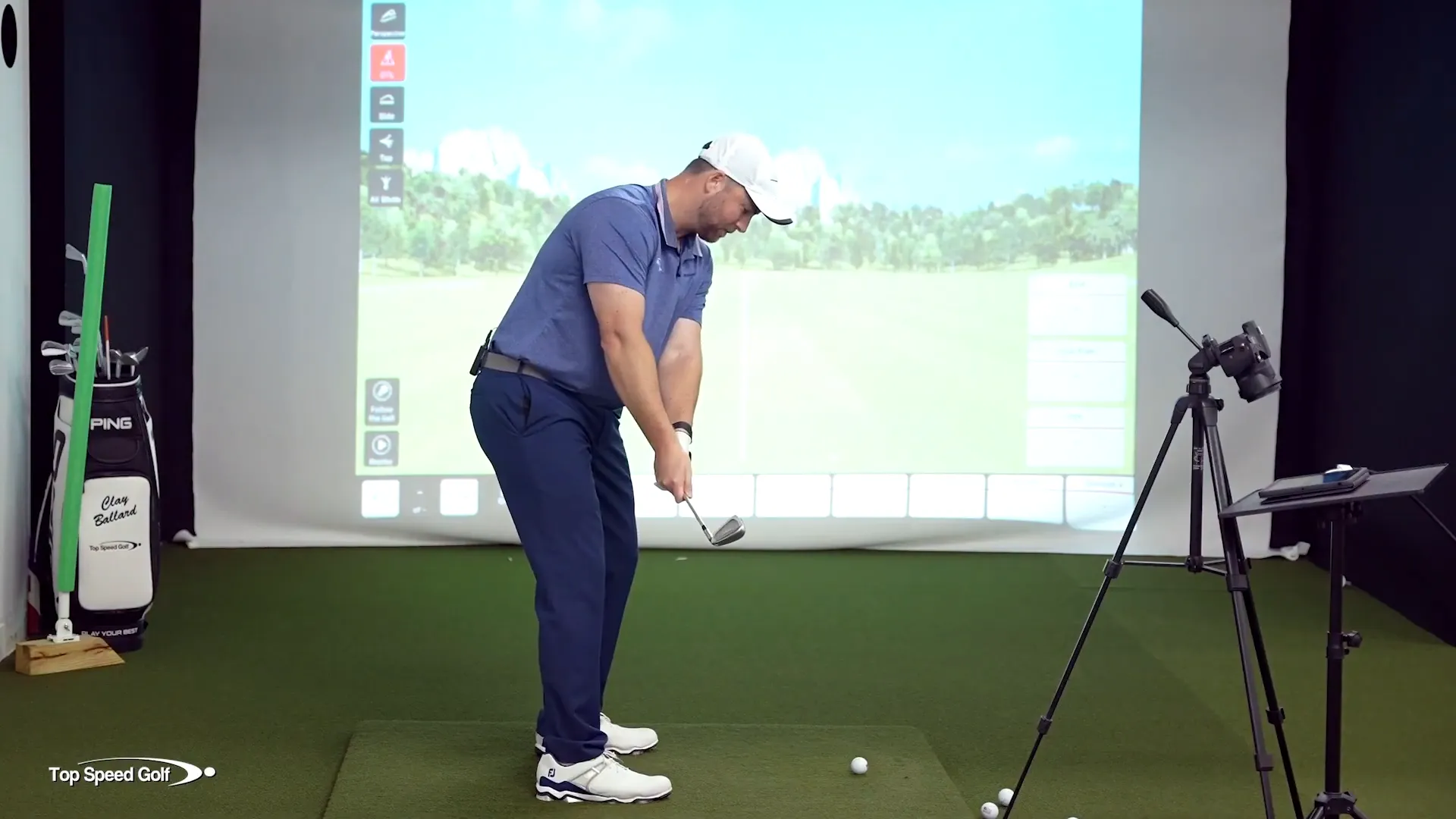
Executing the Downswing
Now, let’s focus on the downswing. Begin with a slight squat and a turn of your body. This action helps to maintain lag and shifts your weight effectively. As you squat, let your knees widen a bit, and keep your chest directed toward the ground. This squat isn’t about jumping up; it’s about maintaining your posture while opening your hips. The key is to keep the butt end of the club pointing down the target line for as long as possible. This will prevent you from casting the club and losing lag, which often leads to over-the-top swings.
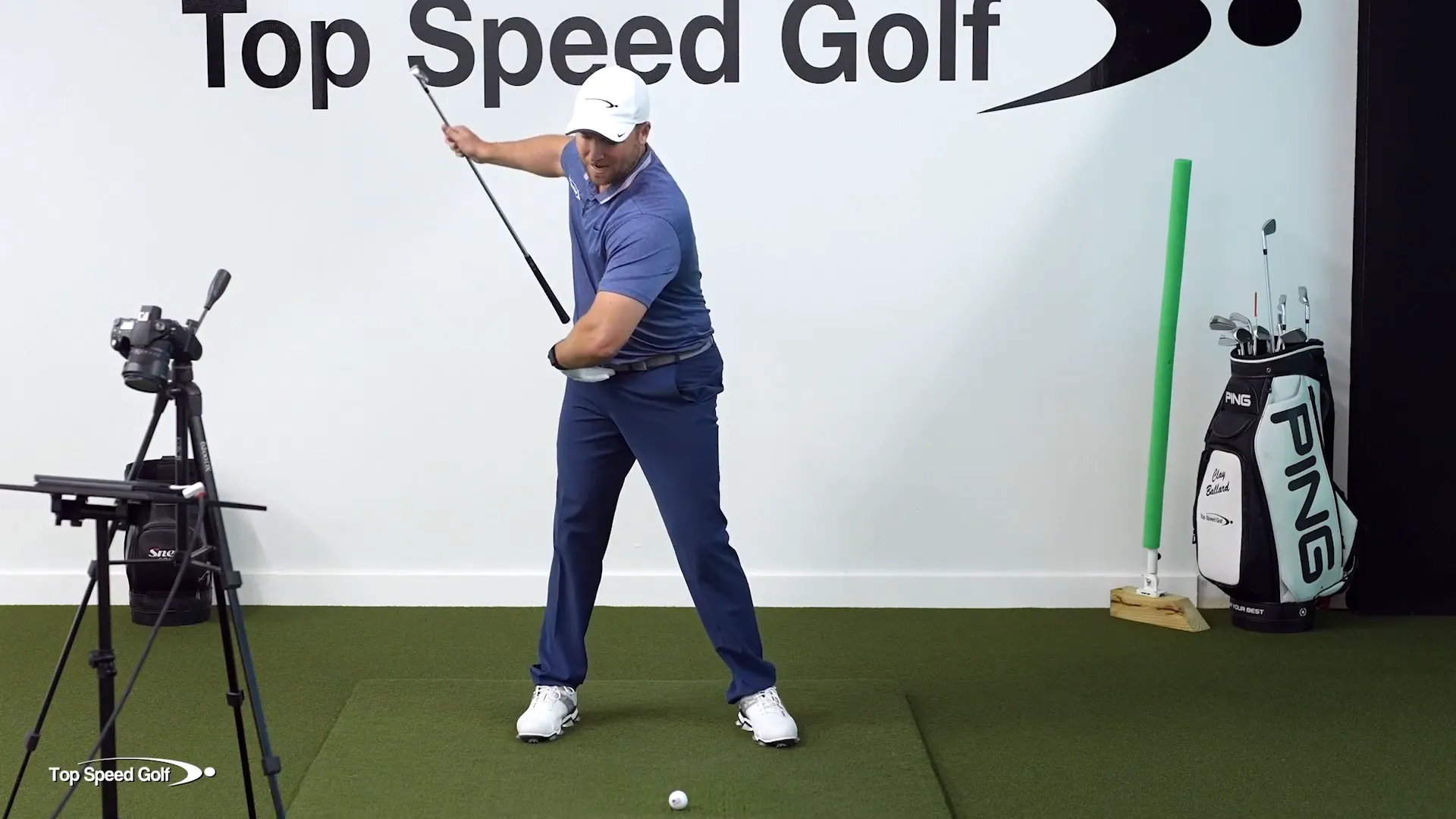
Impact and Release Mechanics
When reaching impact, your right heel should lift off the ground, simulating a proper shaft lean. Instead of flipping your hands at the ball, aim to release the club in a controlled manner, almost as if you’re waving your hand in the direction of your target. This motion encourages a natural release rather than a forced flip, allowing for better control and consistency.

The Key Steps to Remember
- Start with the club against your side, simulating a good address position.
- Rotate your shoulders to forty-five degrees without moving the club off your body.
- Let the club set and trace the target line on the way back.
- Begin your downswing with a squat and rotation, keeping the club pointing in the right direction.
- Achieve shaft lean at impact, allowing your body to rotate open.
- Release the club smoothly, directing it toward your target.
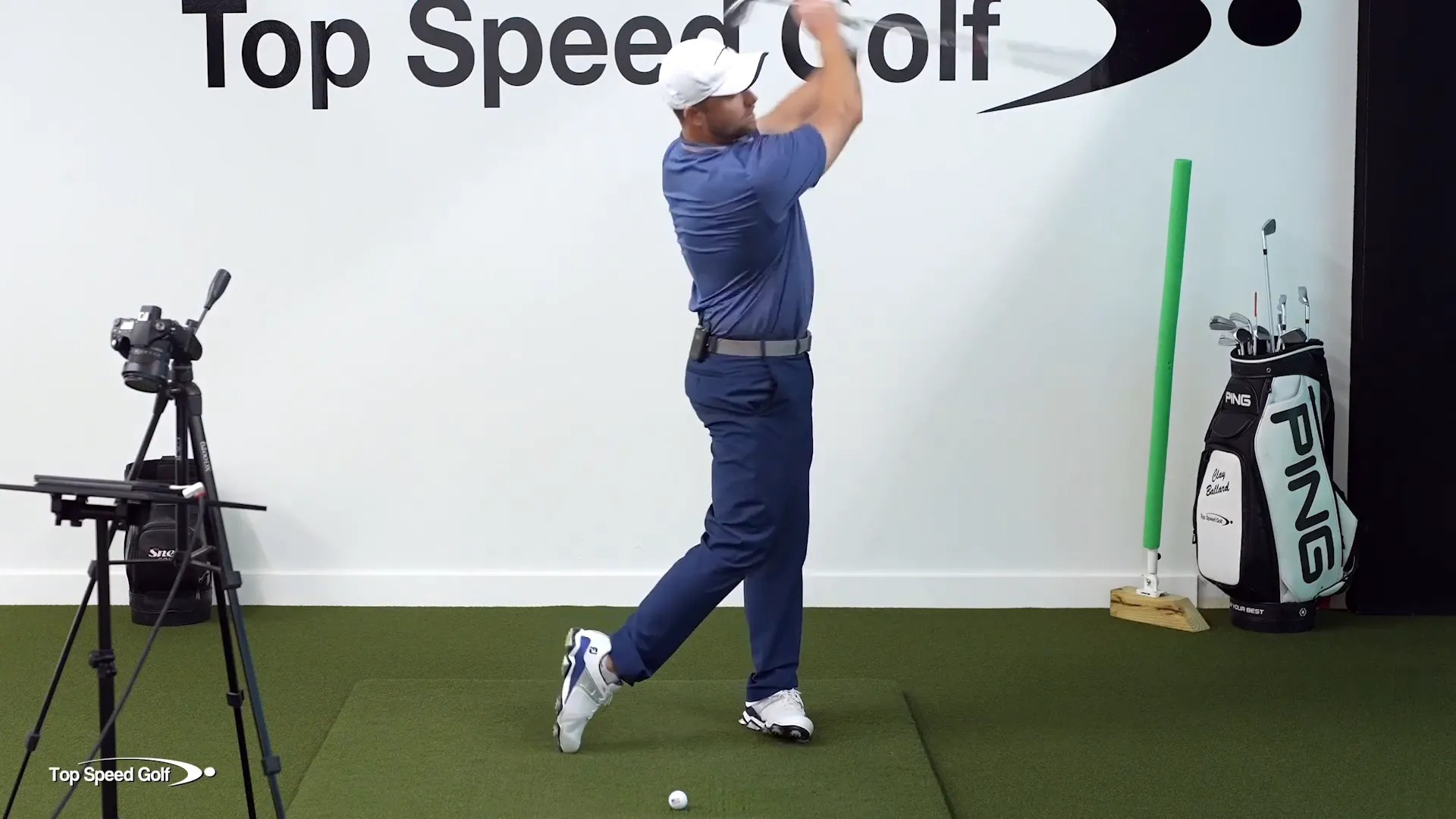
Putting It All Together
After going through these steps several times, you should start to feel the rhythm of your swing. Once you have a solid grasp of the drill, it’s time to incorporate these feelings into a full swing. Practice makes perfect, so repeat the drill until the motions become second nature.
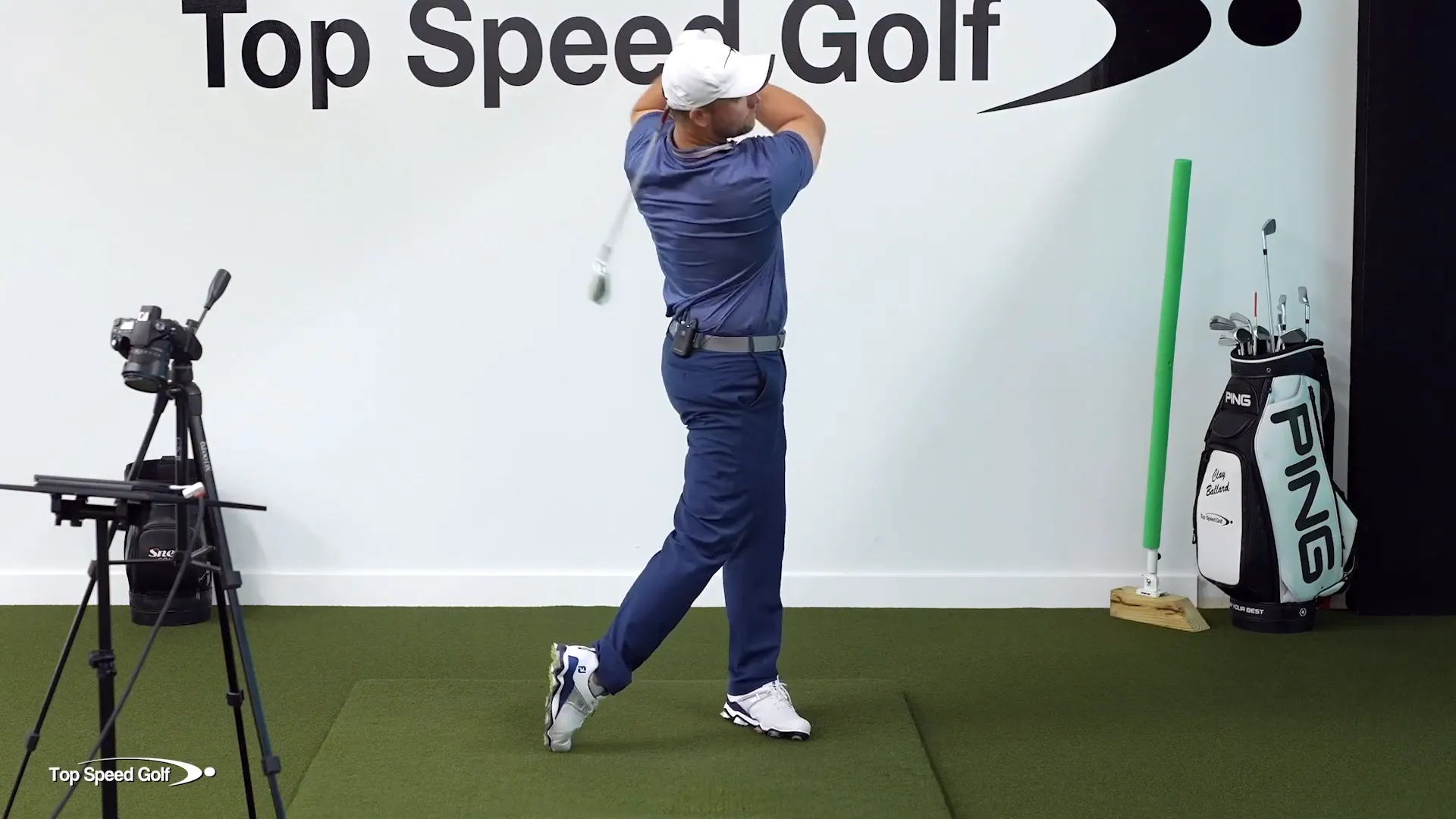
With dedication and practice, you’ll find that this simple drill not only enhances your swing mechanics but also builds the consistency you’ve been striving for on the course. Remember, it’s all about using your body effectively and avoiding unnecessary movements. Happy golfing!

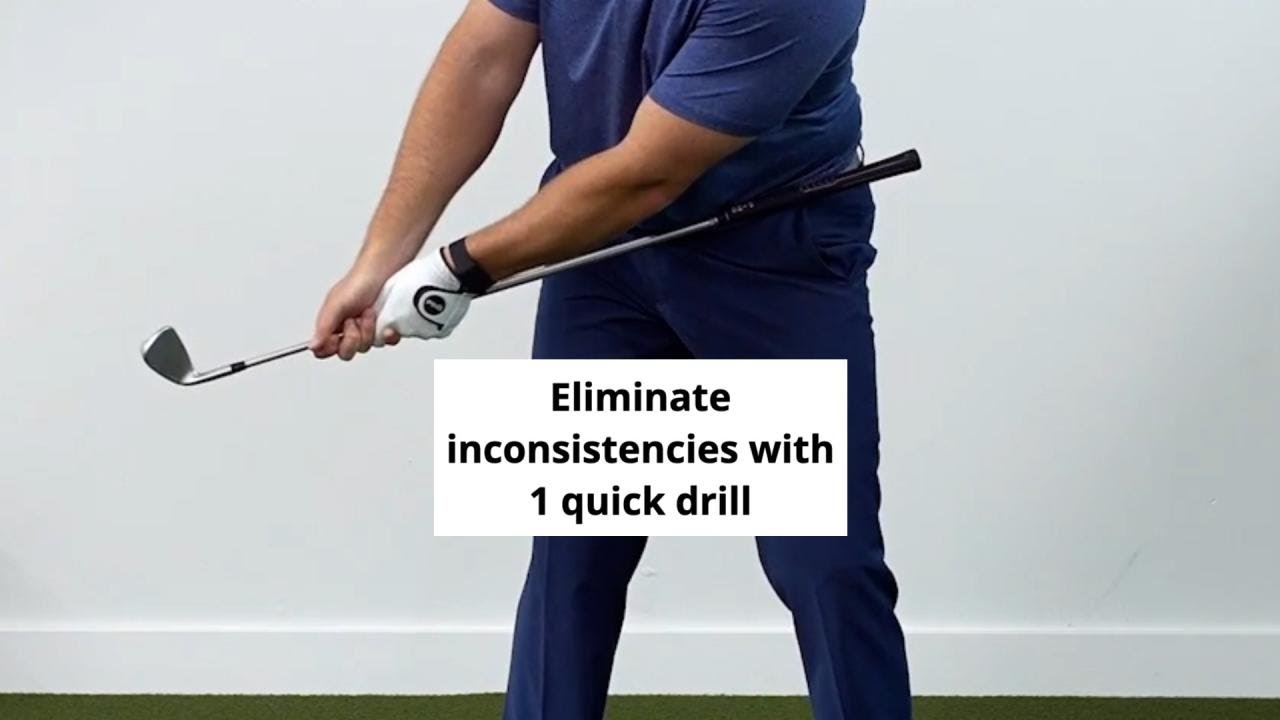
0 Comments